Vincenzo Viviani and his Master Galileo Galilei
Vincenzo Viviani dedicates a palace to his Master Galileo Galilei
Vincenzo Viviani was Galileo Galilei's pupil. He helped and supported the scientist at the end of his life. The Inquisition in Rome condemned the heliocentric theory Galileo affirmed and obliged him to live inside "Villa il Gioiello" in Arcetri. Galileo died in 1642 and he was almost blind: Viviani was the only one to play an active role in his life, in fact he printed new editions of the most important texts Galileo wrote to cancel the terrible punishment he had received.
On the facade of a florentine palace called "Palazzo dei Cartelloni" ("cartellone" in Italian means "poster") situated near the central station, Viviani placed three big marble epigraphs. Latin inscriptions have been appositely dictaded by him to celebrate Galileo's discoveries: the telescope, the satellites of Jupiter dedicated to Cosimo II the Medici Grand duke who always protected him during his Florentine period, studies about bullets and their trajectory, sunspots and so on. The bust of Galileo was sculpted by Giovan Battista Foggini the same artist who received the commission to sculpt Galileo's tomb in 1737 by the last Medici Grand duke, Gian Gastone. These marble plaques are politic manifestos to celebrate a man who, for about a century after his death was completely canceled: in fact franciscan friars preserved his body in a chapel in the church of S Croce.
Vincenzo Viviani died in 1703 and he left all his scientific instruments collection to the hospital of S. Maria Nuova. Now you can admire it iin the second room inside Galileo museum.
The two men were buried together in Santa Croce the Pantheon of illustrious men.
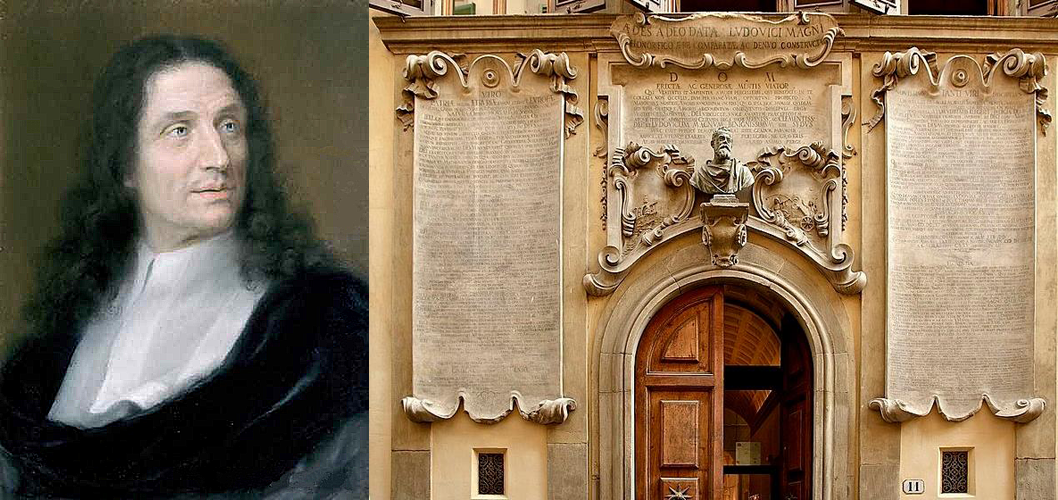
Altri articoli
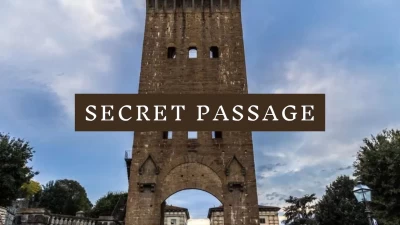
Do you know a secret passage?
In 1877 the secret passage was accessible: four thousands and five hundreds of people crossed it paying twenty-five cents each one!
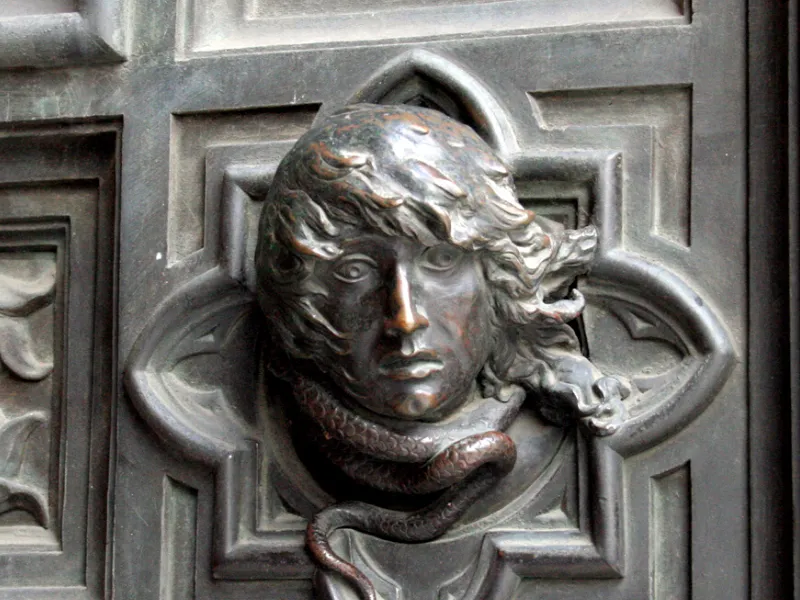
The particular self-portrait
It's a little bit strange because the Cathedral and the three doors too are entirely dedicated to the Virgin Mary.
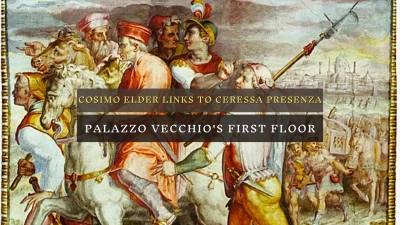
The terrestrial and celestial Gods
The wonderful decorations on the ceilings were commissioned by Cosimo I to Giorgio Vasari
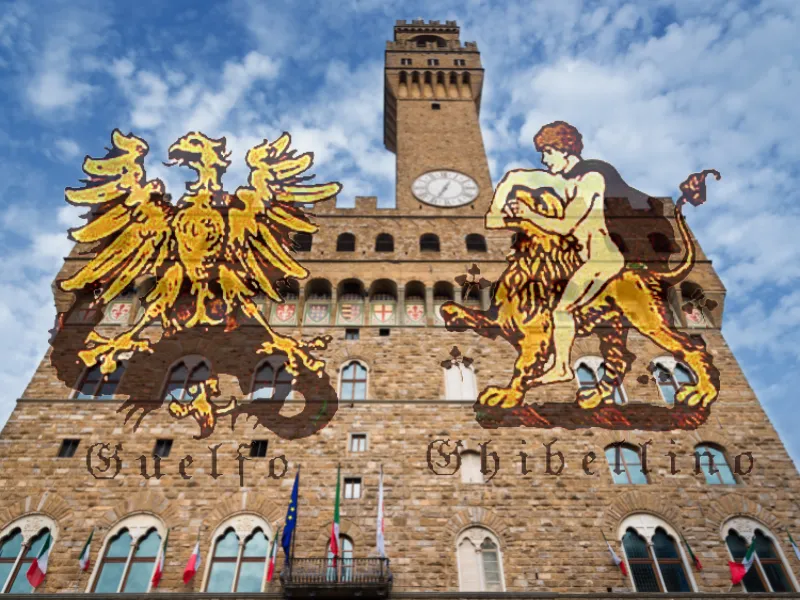
Dante's Florence
Remember that at the time Dante entered public life an extraordinary activity manifested itself in all branches of public works

